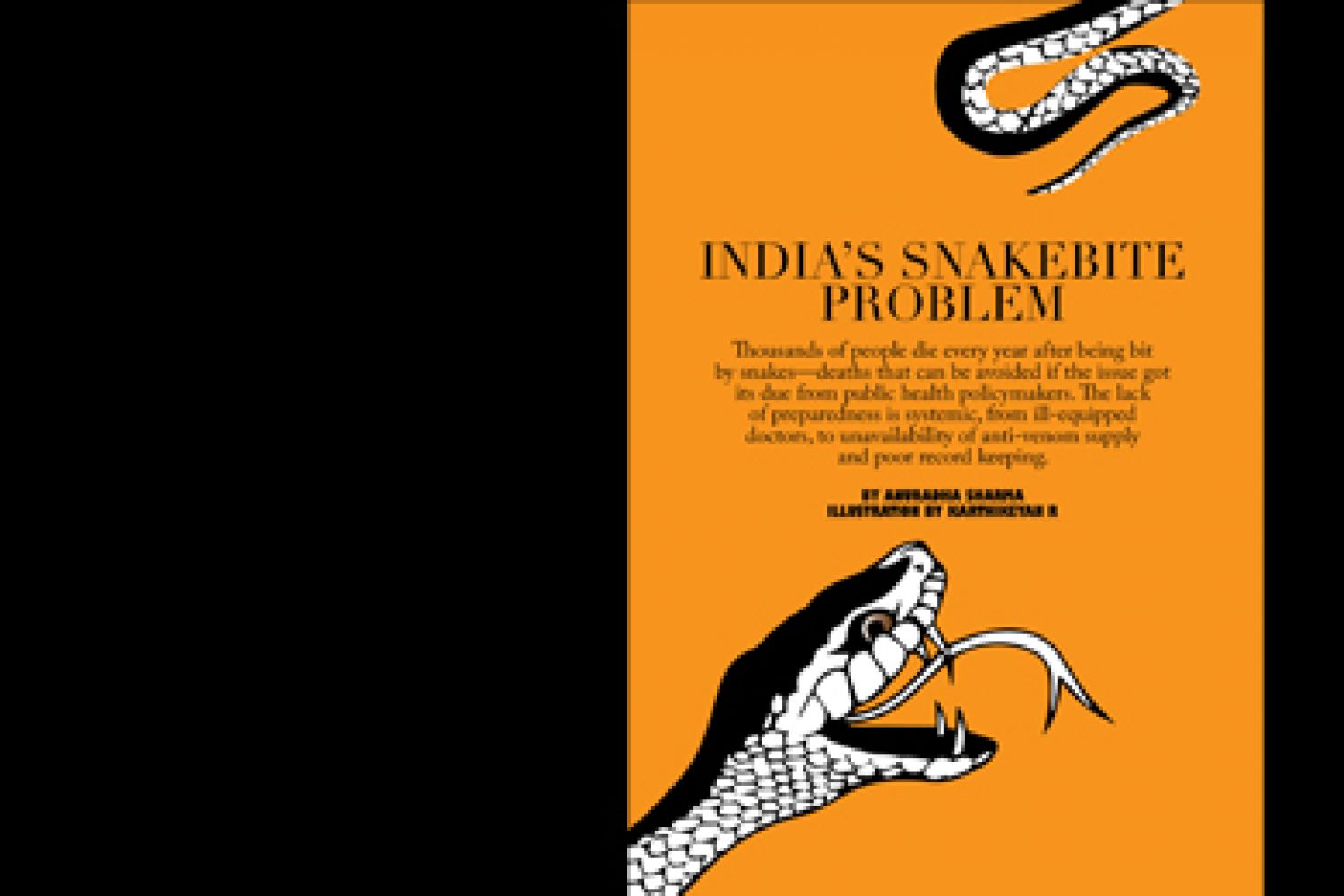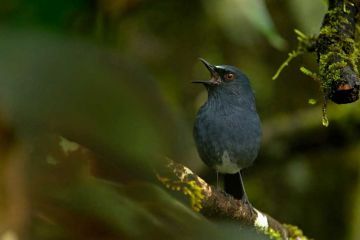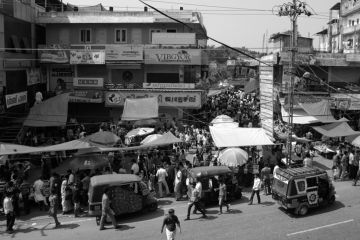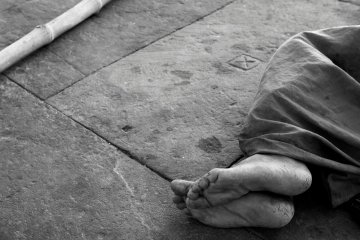
At first Chaitali Majhi thought her boys were joking. But
after they showed identical symptoms—drowsiness, nausea, stomach and
body-ache—she knew it was serious and immediately rushed her sons to an ojha,
a faith healer of the village. When the shaman’s mantras failed to improve
their conditions, they rushed the boys to the local Raidighi Rural Hospital.
The doctors said the boys were bitten by
a snake—a three-and-half feet long common krait was also recovered from a
corner o





